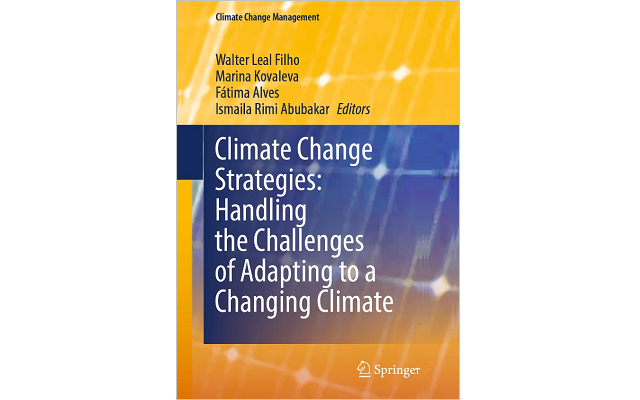Modeling Climate Resilient Economic Development.
Großmann, A., Flaute, M., Lutz, C., Hohmann, F. & Banning, M. (2023): Modeling Climate Resilient Economic Development. In: Leal Filho, W., Kovaleva, M., Alves, F. & Abubakar, I. R. (ed.): Climate Change Strategies: Handling the Challenges of Adapting to a Changing Climate. Climate Change Management, Springer, Cham. https://doi.org/10.1007/978-3-031-28728-2_4.Abstract
Climate change is challenging governments around the world to incorporate mitigation and adaptation measures into long-term development strategies. As one response, national E3 (economy-energy-emission) models have been developed for Georgia and Kazakhstan to allow determining the macroeconomic impacts of climate change and adaptation measures by model users in the respective country. This can significantly improve long-term planning by including climate change and adaption in this process. The chapter first describes the basic model structure, then explains how policies can be implemented as well as what the respective information and data needs are. In a second step, the country models e3.ge and e3.kz are applied to assess the effects of investment in additional irrigation systems and windbreaks that protect agriculture against either droughts or winds, which are expected to occur more often and more pronounced due to climate change. The quantifications of the economy-wide impacts in both countries are built on sector- and country-specific cost–benefit analyses. Scenario analysis is applied to compare a scenario with the adaptation measure against a climate change scenario without adaptation. Model results for the period up to 2050 show positive effects on GDP and employment for the adaptation measures. Besides agriculture, other industries as construction and services will benefit from adaptation in terms of production and employment.
Keywords
Climate change, Macro-econometric E3 models, Scenario analysis, Climate change adaptation measures

